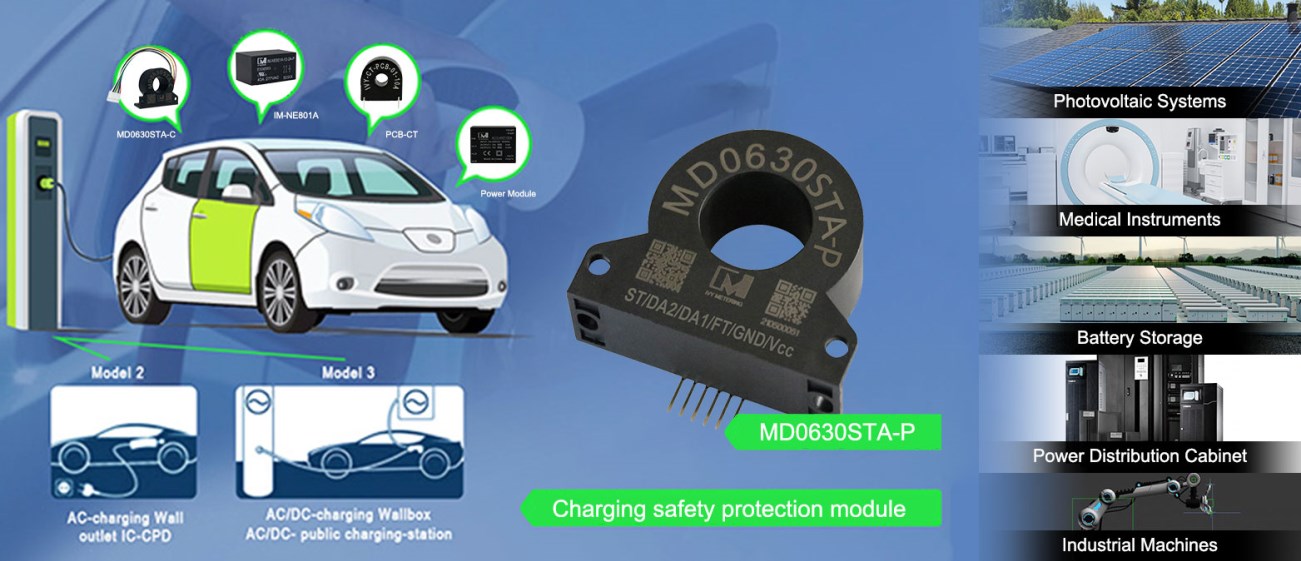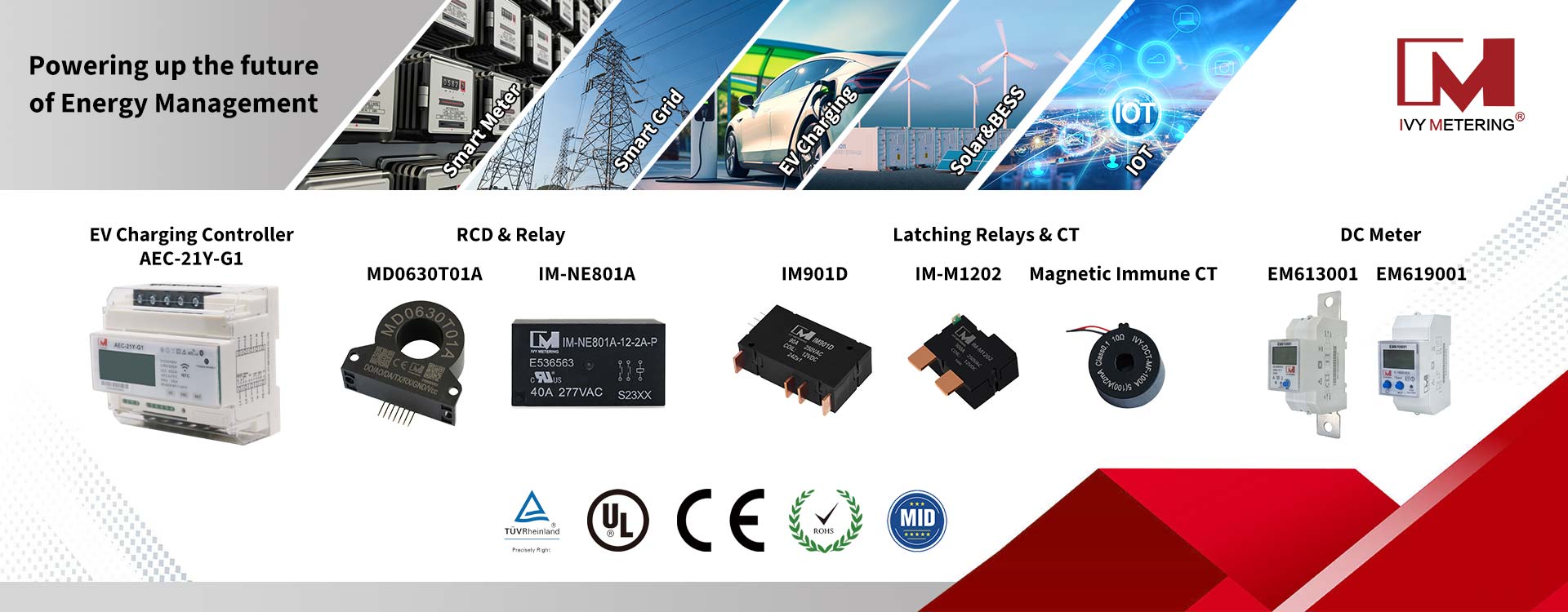How to choose the right RCD protection device for EV chargers?
There may be some differences in these standards in terms of leakage current testing. For example, there may be differences in test methods, allowable leakage current limits, test frequencies and environmental conditions. Each standard focuses on ensuring that the leakage current of the charging pile meets safety standards to ensure the safety of users and equipment.
Different leakage current test standards
National Standard (GB/T18487.1-2023)
European Standard (IEC61851-1, IEC62752, IEC62955)
American Standard (UL2231-CCID20)
The main differences may be reflected in the following aspects: Detection current type: The national standard, European standard and American standard may have different requirements for the detection current type of the leakage current sensor. For example,
The American standard (UL2231-CCID20) may focus on the detection of AC and DC leakage currents
The European standard (IEC62752, IEC62955) may also cover the detection of residual sinusoidal AC current and pulsating DC current.
Performance parameters: Different standards may have different requirements for the performance parameters of the leakage current sensor. These parameters may include measurement range, accuracy, response time, operating temperature range, etc.
Certification requirements: Different standards may have different certification requirements for leakage current sensors. For example, the American standard (UL2231-CCID20) may need to meet specific safety certification requirements.
Use environment: Different standards may have different requirements for the environment in which the leakage current sensor is used. For example, some standards may have specific requirements for environmental factors such as operating temperature and humidity.

In the existing European standard charging pile market, for the upgraded leakage protection mode, the existing application processing methods are roughly the following:
1. Type B leakage protection solution(RCCB)
Disadvantages: expensive, large size, low precision, poor anti-interference ability
2. Type B leakage current sensor solution (Type B-Sensor)
Type B leakage current sensor product advantages: low cost, high precision, low temperature drift, anti-interference, small size, multiple installation methods (PCB/plug wiring/panel installation)
3. Type A + DC6mA
The first method is the wall-box solution led by Tesla. The device itself does not have smooth DC leakage detection. When the European standard IEC61851 safety regulations are upgraded, there is no corresponding upgraded integrated AC/DC Sensor inside the fuselage. This means that European users must hold Type B leakage protection under the mandatory requirements of safety regulations before the construction and grid connection of charging piles can be completed for you.
The second method is a relatively low-cost integrated solution. Since the national energy standard has not been upgraded, this solution is applied to export charging piles and domestic high-end car brands. Its features are also outstanding. It uses the characteristics of Type B leakage current sensor (Type B-Sensor) for AC and DC detection, and cooperates with relays and MCU calculation control to complete the entire leakage current protection. The core is the detection and processing of Type B leakage current sensor (Type B-Sensor).
The leakage protection requirements of IEC62752 (mode2) and IEC62955+TypeA (mode3) require engineers to have a lot of design energy and MCU resource design calls.
Electric vehicles are a top priority for automakers, therefore, the safety and reliability of charging applications is critical. RCD monitors detect AC and DC fault currents and quickly trigger a fault output to immediately stop charging, eliminating the risk of electric shock to the charging vehicle. IVY Metering introduces a residual current monitor (RCM) product line for detecting AC and DC ground fault currents in electric vehicle chargers. The RCD product line offers a variety of models to support global UL and IEC safety standards for electric vehicle charging applications. These products can be used to detect AC, DC, or both types of faults in single-phase or multi-phase installations.












